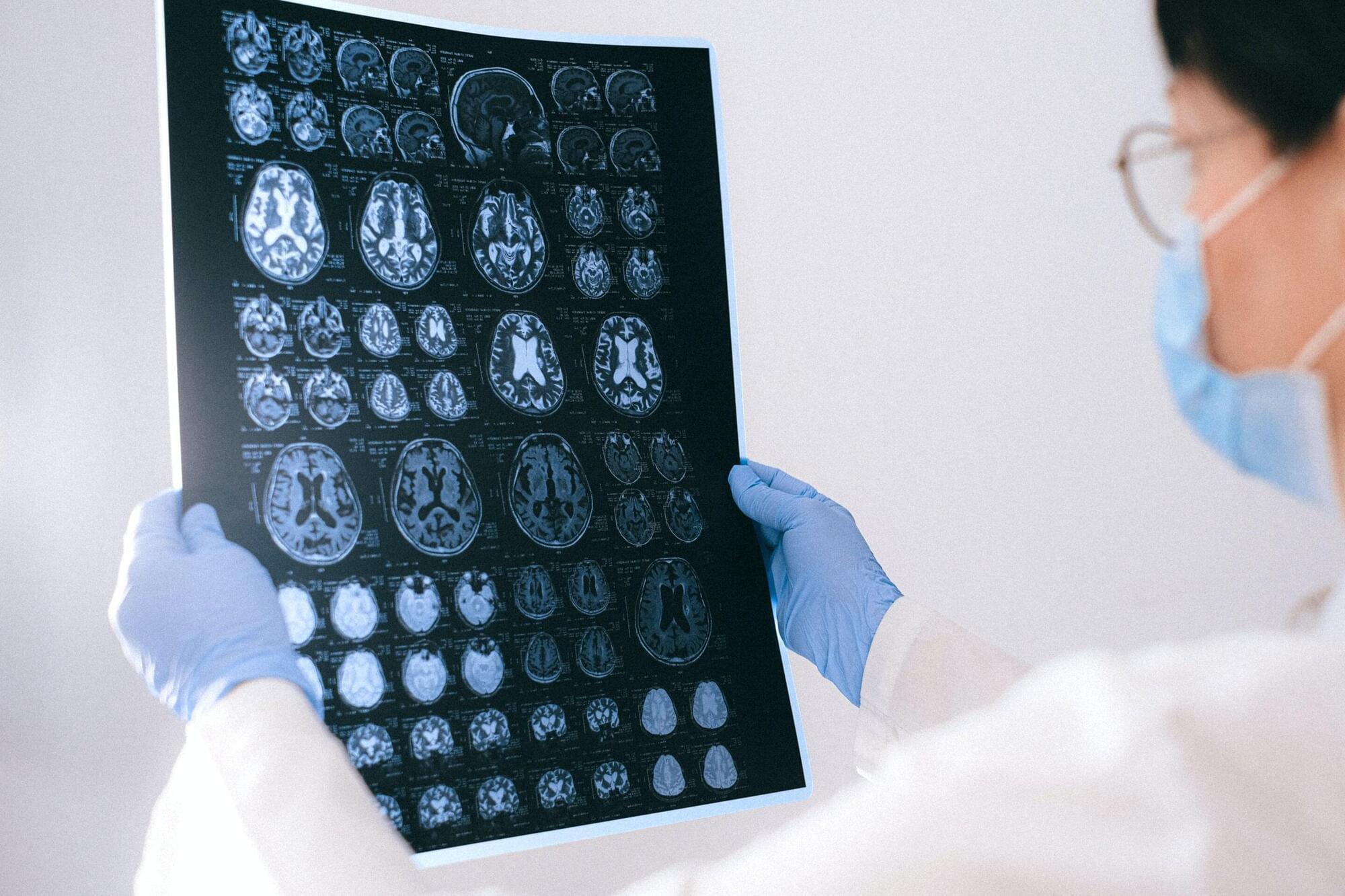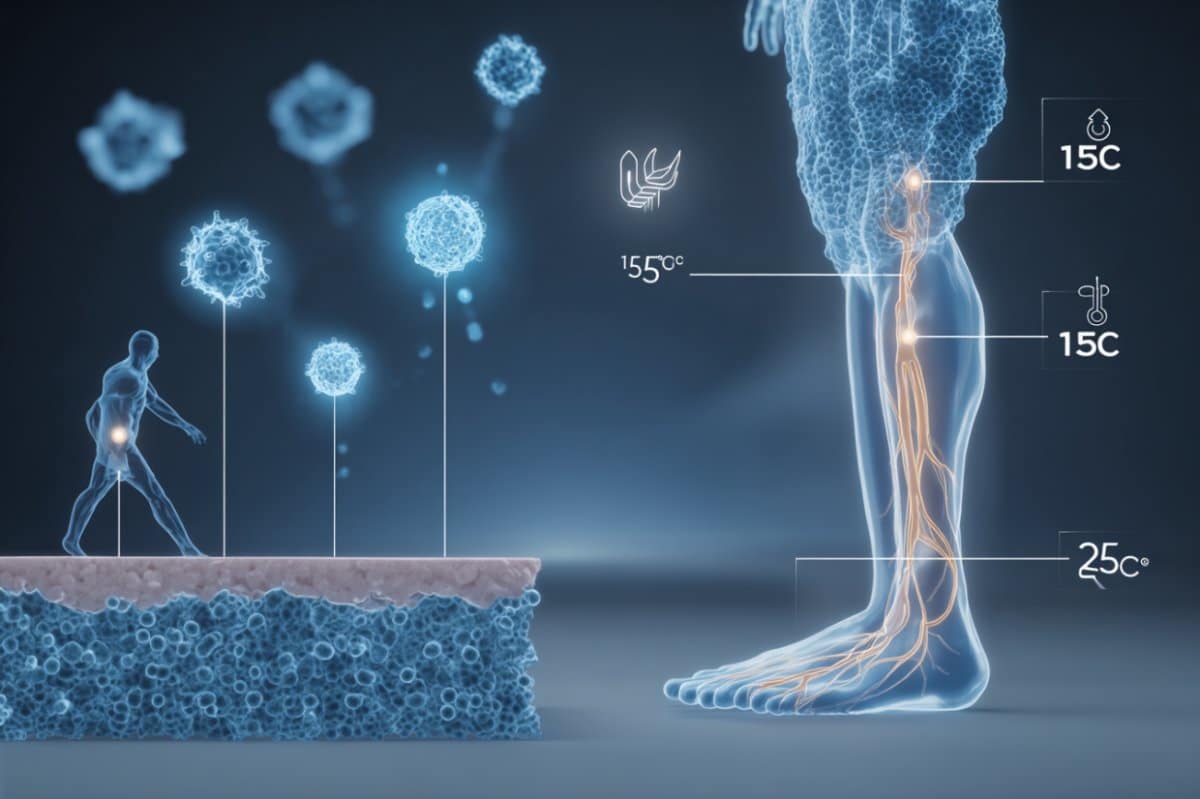Previous aerogels didn’t work on a scale that was large enough to matter.



“Finding a temperate planet in such a compact system makes this discovery particularly exciting,” Charles Cadieux, a postdoctoral researcher at the university and lead author of the study, said in the statement. “It highlights the remarkable diversity of exoplanetary systems and strengthens the case for studying potentially habitable worlds around low-mass stars.”
L 98–59 f was discovered by reanalyzing data from the European Southern Observatory’s (ESO) HARPS (High Accuracy Radial velocity Planet Searcher) and ESPRESSO (Echelle Spectrograph for Rocky Exoplanet and Stable Spectroscopic Observations) spectrographs. Since the exoplanet doesn’t transit, or pass in front of, its host star from our perspective, astronomers spotted it by tracking subtle shifts in the star’s motion that are caused by the planet’s gravitational pull.
By combining the spectrograph data with observations from NASA’s TESS (Transiting Exoplanet Survey Satellite) and James Webb Space Telescope (JWST) — and using advanced techniques to filter out stellar noise — researchers were able to determine the size, mass and key properties of all five planets.
AI experts warn that AI could eliminate millions of jobs, and advocates for Universal Basic Income believe such a system might become necessary.
GRE forum, GRE vocabulary flashcards | prepclubforgre

Childhood brain tumor survival depends on the type of tumor. Comparing survival rates across countries is difficult, because brain tumors aren’t recorded in the same way everywhere in Europe. A new study led by the Princess Máxima Center is helping to change that. For the first time, the research provides a clear and clinically relevant overview of survival outcomes for children with brain tumors.
Researchers at the Princess Máxima Center analyzed data from more than 30,000 children diagnosed with a brain tumor between 1998 and 2013. The data came from 80 cancer registries across 31 European countries. The study was published today in The Lancet Oncology.





For more than a century, the laws of thermodynamics have helped us understand how energy moves, how engines work, and why time seems to flow in one direction. Now, researchers have made a similarly powerful discovery, but in the strange world of quantum physics.
Scientists have shown for the first time that entanglement, the mysterious link between quantum particles, can be reversibly manipulated just like heat or energy in a perfect thermodynamic cycle.
The researchers support their findings using a novel concept called an entanglement battery, which allows entanglement to flow in and out of quantum systems without being lost, much like a regular battery stores and supplies energy.